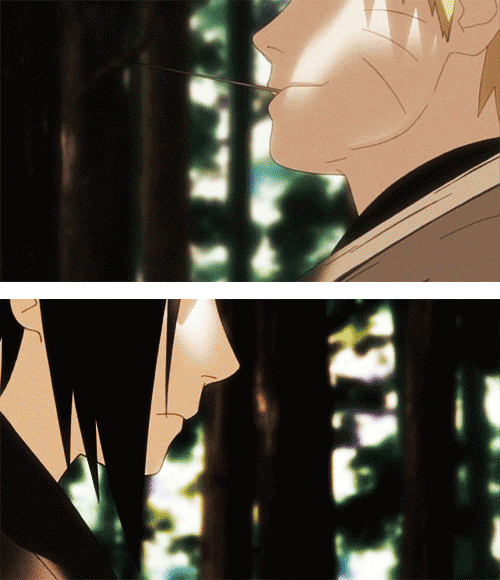“The Earth is sacred and we touch her with each step.”
Thich Nhat Hanh
For a lot of peeps its the back to work today or the start to a new school year (it is for my niece the charged dance between excitement and fear within my thoughts for her) or maybe even as a new arrival to this world, just delivered from our mother’s body. Each one of us knew to do the exact same thing as our first action: Draw a breath. We didn’t dither around in our heads worrying because we’d never breathed before and what if we did it wrong or forgot to keep doing it? We were entirely attentive to what needed to happen right now—inhale, exhale, repeat—and those lungfuls of air made us feel safely anchored in our new body, centered, belonging, all our senses alert and humming. Gradually, though, as we’ve grown up and experienced life with all its accumulations of traumas, sorrows, anxieties, with minds that bounce us back and forth between past guilt and new worries about the future, we’ve strayed far afield from that pure awareness. How can we get back to what we knew as babies?
It’s a matter of being aware of this life as it’s happening, Henry Shukman, Roshi at Mountain Cloud Zen Center in Santa Fe, says. And he tells this story: “One master, asked what Zen was, replied, ‘When I sit, I sit; when I stand, I stand; when I walk, I walk; and when I arrive, I arrive.’ The student said, ‘Big deal—so do I.’ The master said, ‘No! When you sit, you’re already standing; when you stand, you’re already walking; when you’re walking, you’re already arriving and when you arrive, you’re already leaving.’ To be aware of our walking—as we walk—is to learn to actually experience and appreciate our life as it’s going on. No need for thinking about whatever may be coming next. Just this step is enough. It’s a huge thing.” When we do walking meditation, Henry says, “We can pay close attention to the soles of the feet as they make contact with the ground, and the way the weight moves across the foot, and how the foot moves when we take a step. All of this helps us to settle in the present moment.”
When we’re doing a mindful walking practice, Vietnamese Zen master and poet Thich Nhat Hanh says, we’re just walking, we’re not arriving, so we can enjoy the walking. We all want to rediscover that sense of belonging. Walking meditation, he writes, “is a profound and pleasurable way to deepen our connection to our body and the Earth. We breathe, take a mindful step, and come back to our true home, and it is always there, beneath and around us.” To walk in mindfulness, we have to notice each step, because, “Each step can bring us back to the here and now. No rush.” No phone, either, no ear phones, and no multi-tasking. What we want to do as we get more practiced is to train our focus, our concentration, on this simple awareness of our breath in synch with our body.
“You can’t be grounded in your body if your mind is elsewhere,” Thich Nhat Hanh says. “We may forget the body. We can get so lost in the computer, our busyness, our worries, our fear.” Walking outside reminds us, “We are all alive on this beautiful planet. We take a breath and walk in this way, and we become as solid as a mountain.”
To begin to learn to be aware of each moment of our lives as it unfolds, Henry explains, means “expanding our awareness of sensory experience here and now,” not just through the breath and taking a step, “but also the sounds that reach us [outside], the sights and the play of light and dark.” Through our senses, Henry says, “We can come to appreciate the gift of this moment ever more fully.”
Mountain Cloud Administrator Johanna Sindelar loves when outdoor walking meditations are included in their daylong retreats—“It wakes us up!” Paraphrasing Henry, she says, “When your body and mind fall away, you aren’t a you, and the mountain is not a mountain, it just is.” She adds, “It’s possible to meditate while you’re walking anywhere. You can suddenly become aware of a solution to a problem you’d been thinking about earlier.” Mountain Cloud President of the Board Rachel Belash agrees. “Your gut tells you. It’s a felt sense, and then you might know exactly what to do next,” she says, regarding some conundrum you’d been wrestling with. “I walk my dog most days, and my breathing and walking become synonymous without my even trying. Sometimes, the quality of light or the sound of a bird are much more keen, almost like, this won’t die, whatever ‘this’ is.”
Erin Doerwald, licensed clinical social worker and program director for the Sky Center of the New Mexico Suicide Intervention Project, whose training gives her a clinical and neuro-scientific lens, oversees all the center’s programs, including Mindful Education Santa Fe, through which she brings mindful awareness practices to teachers and their classrooms across the city. Recently, Erin taught a roomful of ninth and tenth graders at Capital High School to do walking meditation around the classroom. Asking them to line up, she told them, “This is like Follow the Leader. I’m the Leader. As we start walking,” she told them, “just pay attention to the sensations in your feet and the person in front of you.” It’s an impressive enough coup just getting 14- and 15-year-olds to do this at all—and they do. “They use it as an on-the-go tool any time of the day,” she says. “For example, when they might want to scream at a teacher and rather than rupture that relationship, they have this reliable technique right in their back pocket.” Another useful tool of Erin’s is a self-regulating mood management exercise called STOP. “Whenever you’re experiencing some type of trauma, you Stop; Take three deep breaths; Observe your reactions to the potentially triggering event—notice if your heart rate accelerates, your breathing has become shallow, can you feel your feet on the ground; and then, when you’re calm again, Proceed.”
These provide a calm, regulated pause, “giving you the opportunity of a skillful response rather than a purely impulsive one,” Erin explains. Another, called Straw Breath, is good for kids of all ages, anyone with acutely suicidal symptoms, even those with physical challenges. “And my own kids! This is another one that can be on-the-go. You take a big breath in, hold it, and purse your lips, to slow down the exhale. This triggers a parasympathetic nervous system response, rather than one from the pre-frontal cortex, so it’s giving you a cascade of soothing.”
Johanna, who has stage four cancer, which is terminal, says she experiences much less fear and anxiety now than she had previously. “When fear comes up, I just sit with it,” she says calmly, “and it passes.” Rachel adds, “I sometimes feel waves of complete happiness, that seem to have just sprung out of the air.”
“The Earth is sacred,” writes Thich Nhat Hanh, “and we touch her with each step. Wherever we walk on Earth, we are in a holy sanctuary. When we walk mindfully, we see the beauty and the wonder of the Earth around us, and we wake up."
See if you can pay attention to your steps on your walk to work, or even when you go to grab a coffee on your day today.
How will you know if walking meditation is working for you? Notice that tingling feeling on the bottoms of your feet.
Story by Gail Snyder
Edited by Kathryn Fa






